



Dynamic Range
(an introduction to HDR)
Let’s start at the beginning. What is Dynamic Range?
Dynamic Range is simply the range of tones in a scene from the darkest darks to the brightest highlights. The range is usually measured in f stops.
Often the sensors in our cameras can only record a small part of the Dynamic Range in the scene before us, as in the extreme example below.
In the digital sensor the dynamic range is fixed and is affected by various things that might be the subject of a future article. The range varies from around 4 f stops for a cheap small compact to over 7 f stops for a full frame sensor at the Pro end. It doesn’t sound much till you realise that every stop is twice the amount of light of the stop before.
What happens when we try to record a scene that has a wider Dynamic Range than our sensor has? Well you get the rather disappointing picture as in Pic 3 below which is what the metering will give you if you only took a single frame.
Here’s the HDR approach to this problem.
Starting with five bracketed shots 2 f stops apart; a Dynamic Range of 12 f Stops in total are recorded.
Pic 5) f3.5 1/15th +4 Stops
Recorded more inside wall detail and door on left
Pic 1) f3.5 1/3200th -
Recorded clouds nicely
Pic 2) f3.5 1/800th -
Pic 3) f3.5 1/200th 0.0 Stops
(As Metered)
Recorded inside of frame
Pic 4) f3.5 1/50th +2 Stops
Recorded more frame and some inside wall detail
As I was using Aperture Priority the only thing to change from frame to frame is the Shutter Speed. The reason for this is you don’t want to change Aperture as that will alter Depth of Field between frames. Some DSLR’s allow you to bracket using ISO, the problem with this is the Noise Levels will alter, the last thing you want is noise as the blending which follows exaggerates it.
Combining the 5 images with Photomatix Pro combines details from all the exposures.
This technique has enabled over 12 f stops to be recorded in the 5 frames from the highlights in the clouds to the inky blackness of the left hand door.
As you can see Photomatix Pro has brought out all the detail including the dirt on the windows which wasn’t all that apparent to the naked eye, but the technique is not to everyone’s taste, and it’s easy to go overboard and loose any semblance of a natural picture.
Pretty impressive stuff, I hope you agree
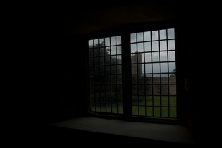
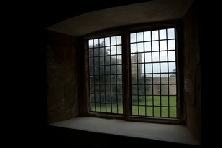
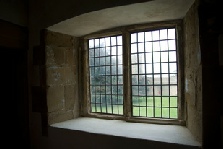
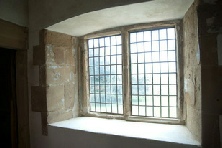
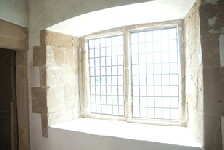
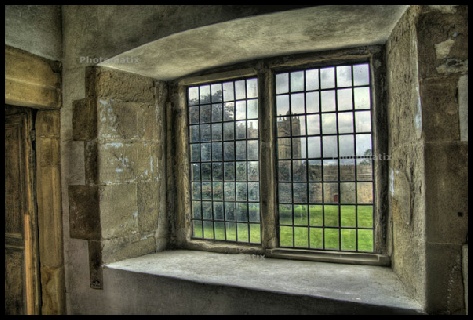
For more examples follow the HDR 2 link below